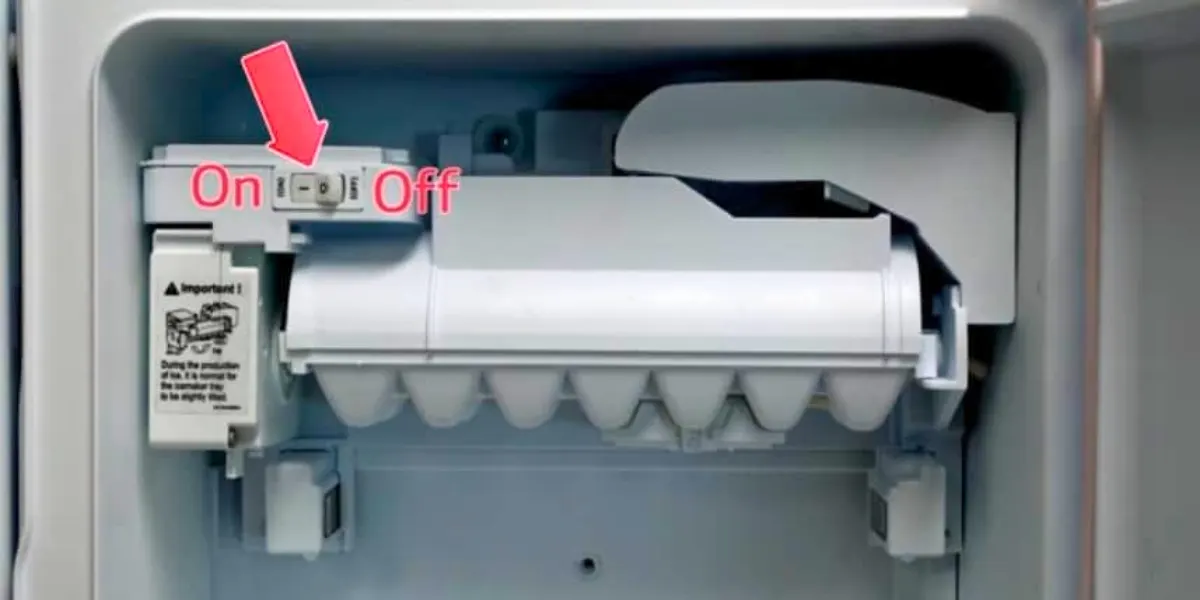
If you’re considering turning off your ice maker, it’s important to know the consequences of doing so.
While it can save energy and reduce noise, it can also limit your ice supply and increase wait time.
To turn off your ice maker, locate the power switch or control panel of your ice maker, switch the power off or press the designated button, wait for the ice maker to stop producing ice and cool down. Let’s discuss briefly!
What Happens If You Turn Your Ice Maker Off?
When you turn off your ice maker, it stops producing ice.
It’s as simple as that. But there’s more to it than meets the eye. Here are the main effects:
- Ice production ceases
- Energy consumption decreases
- Temperature fluctuations may occur
- Potential water line issues
Reasons Why People Turn Off Their Ice Makers
People turn off their ice makers for various reasons. Let’s explore some of them:
Vacation or Travel
Advantages: Saves energy and prevents unused ice from melting and refreezing.
Disadvantages: You might return home to an empty ice tray.
Seasonal Changes
Advantages: In colder months, you might not need as much ice.
Disadvantages: You might find yourself without ice during an unexpected heatwave.
Maintenance and Repairs
Advantages: Turning off your ice maker can make repairs easier and prevent damage.
Disadvantages: You’ll have to go without ice until the repairs are done.
Energy Conservation
Advantages: Ice makers can use a significant amount of energy.
Disadvantages: You’ll have to find another way to get ice.
The Immediate Effects of Turning Off Your Ice Maker
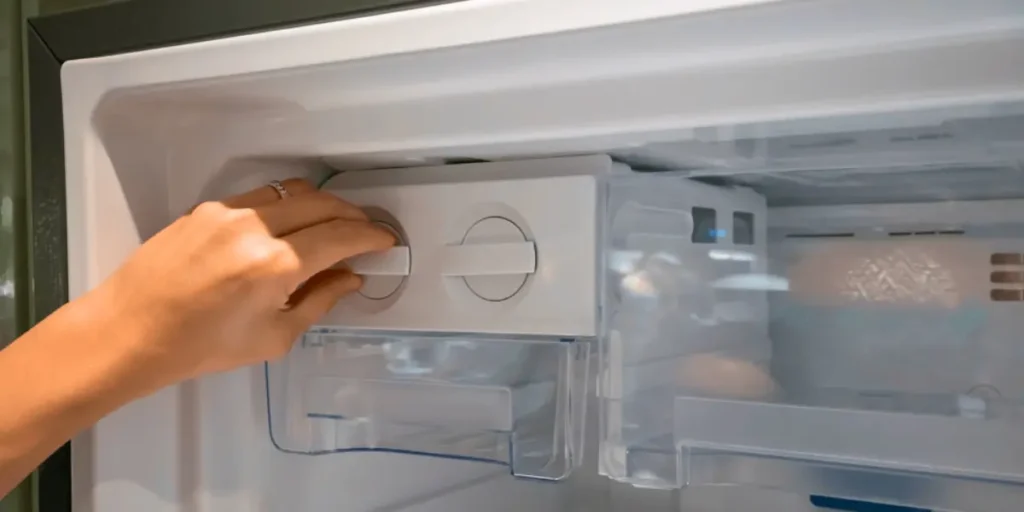
Turning off your ice maker has several immediate effects:
Ice Production Ceases
The first thing you’ll notice when you turn off your ice maker is that it stops making ice.
If you’re used to having a constant supply of ice, this can be a big change. You’ll need to find another way to get ice, like using ice cube trays or buying bags of ice from the store.
Energy Consumption Decreases
Your refrigerator uses energy to make ice. When you turn off the ice maker, it doesn’t need to use that energy anymore. This can lead to a slight decrease in your electricity bill. It might not be a huge amount, but every little bit helps!
Temperature Fluctuations
When your ice maker is working, it’s constantly freezing water to make ice.
This can cause the temperature in your freezer to fluctuate. When you turn off the ice maker, these fluctuations stop. Your freezer might run a little warmer as a result, but it shouldn’t be a significant change.
Water Line Issues
Your ice maker is connected to a water line that supplies it with the water it needs to make ice.
When you turn off the ice maker, water can still be in this line. If the water freezes, it can cause issues like leaks or damage to the line. It’s important to drain this line if you’re going to turn off your ice maker for an extended period.
Long-Term Effects of Turning Off Your Ice Maker
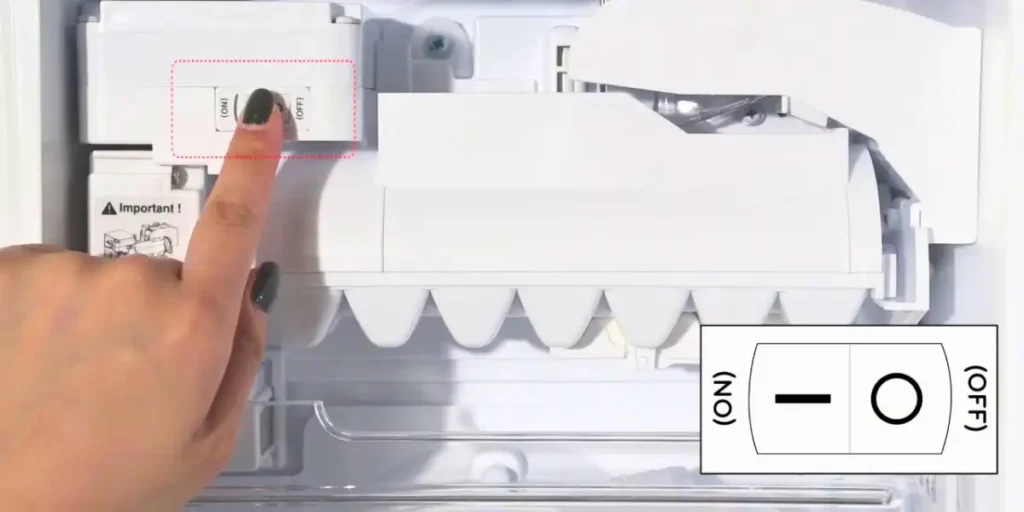
Turning off your ice maker for an extended period can have several long-term effects:
Potential for Mold or Mildew
When you turn off your ice maker, the remaining water can become a breeding ground for mold and mildew.
So, if you’re not using your ice maker, make sure to dry it out completely. This will help prevent any mold or mildew from forming.
Mechanical Problems
Just like a car that sits in the garage for too long, an ice maker can also have mechanical problems if not used regularly.
The components inside the ice maker may seize up or stop working altogether. To avoid this, consider running your ice maker every now and then, even if you don’t need the ice.
Lower Resale Value
If you’re planning to sell your refrigerator in the future, a non-working ice maker could lower its value.
Buyers often look for appliances that are fully functional. So, keeping your ice maker in good working condition could help maintain the resale value of your refrigerator.
Warranty Issues
Some warranties require regular use of all features.
If you don’t use your ice maker regularly, it might affect your warranty coverage. Always check the terms and conditions of your warranty to ensure you’re not unintentionally voiding it.
Aesthetic Degradation
Unused appliances can sometimes become discolored or stained over time.
This is especially true for ice makers where water stains can build up. Regular use and cleaning can help maintain the appearance of your ice maker.
How to Properly Turn Off Your Ice Maker: A Step-by-Step Guide
Step 1: Empty the Ice Bin
Start by emptying the ice bin. This prevents any leftover ice from melting and causing water damage.
Step 2: Turn Off the Ice Maker
Next, locate the switch on your ice maker and turn it off. This is usually a simple flip switch or a push button.
Step 3: Unplug the Refrigerator
For safety reasons, unplug your refrigerator. This ensures no electrical current is flowing while you work on the ice maker.
Step 4: Disconnect the Water Supply
Find the water supply line for your ice maker, usually located at the back of your refrigerator, and disconnect it.
Step 5: Dry Out the Ice Maker
Finally, make sure to dry out your ice maker completely. Use a dry cloth to wipe down all surfaces. This helps prevent mold and mildew from forming.
Process to Turn Off the Ice Maker Based on Various Refrigerator Models
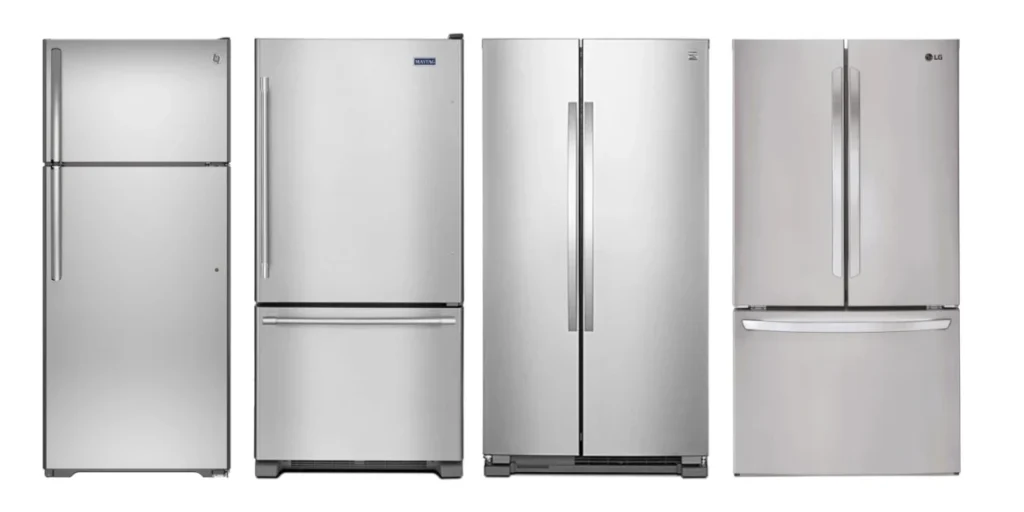
Models with Switches
For models with switches, you can usually find a switch on the front of your ice maker. If you see one, simply flip it to the “off” position.
For GE electronic ice makers, there may be an on/off toggle switch. The “I” is for on, and a green light will be lit. To turn it off, set the power switch to “O” for off.
Models without Switches
If no switch is present, there is a metal bar that needs to be adjusted or lifted. It’s called a fill bar or metal feeler arm. It’s generally found on the side of the ice maker in the up position. Gently lift the metal feeler arm to the up position to turn the unit off.
Models with Touch Controls
If you don’t immediately see a switch or an arm on your ice maker, it’s probably one of the newer models of refrigerators that require you to hit several buttons on a touchscreen or touchpad in a specific sequence to turn the unit off.
Comparing Energy Consumption: Ice Maker On vs. Off
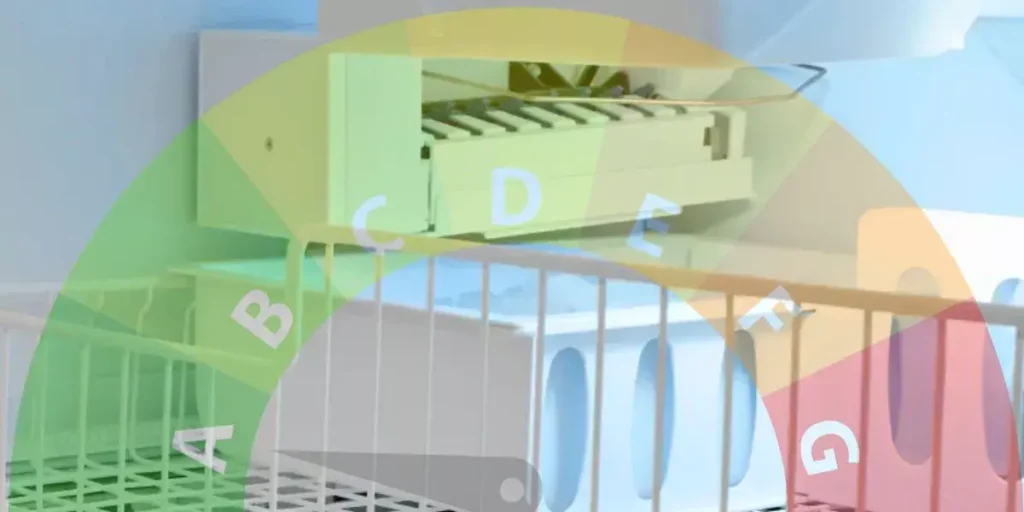
Ice Maker On
When the ice maker is on, it can increase the energy consumption of your refrigerator by 12% to 20%. This is because the ice maker operates intermittently, producing ice until the bin is full and then stopping until some ice is used or removed.
The energy consumption can also vary depending on the type of ice maker you have.
Ice Maker Off
Turning off your ice maker can help reduce the energy consumption of your refrigerator.
However, it’s important to note that even when turned off, your refrigerator still uses energy to maintain its internal temperature.
Comparison
While having the ice maker on does increase energy consumption, the exact amount will depend on your specific model and how often the ice maker is in operation.
FAQs
What happens to the ice already made if I turn off the ice maker?
The ice already made will stay frozen until the freezer is also turned off or reaches a temperature above freezing.
Do I need to empty the ice tray if I turn off the ice maker?
No, you don’t need to empty the ice tray, but it’s a good practice if you plan to turn it off for an extended period.
Can turning off the ice maker damage it?
Generally, no. Turning off the ice maker should not cause damage, but consult your appliance’s manual for specific guidelines.
Conclusion
Turning off your ice maker can offer some energy savings without damaging the appliance.
Whether you’re jetting off on vacation or just giving the machine a break, rest easy knowing your freezer will keep humming along just fine.
Just remember to check the user manual for any brand-specific guidelines.

